Lajpat Nagar Metro Station, Block M, New Delhi, 110024
|096506 82102
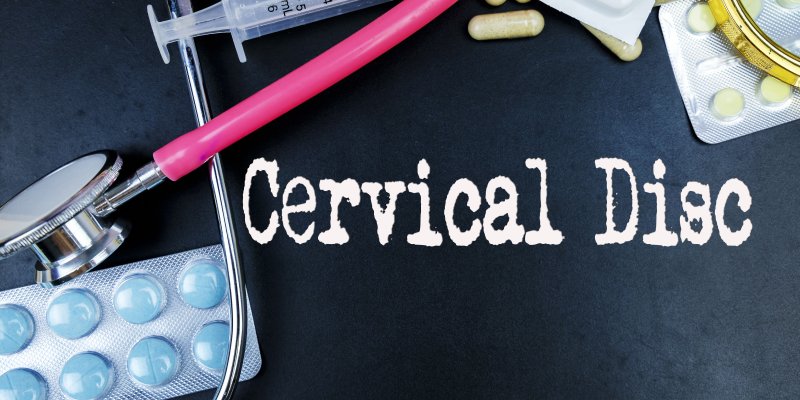
Published by Dr. Vishal Nigam on May 19, 2024
PROS AND CONS OF CERVICAL DISC REPLACEMENT SURGERY
Balancing the Pros & Cons of Cervical Disc Replacement Surgery While considering cervical disc replacement surgery, it is essential to consider every angle before you make a healthcare choice. Patients who have undergone Artificial Cervical Disc Replacement in Delhi call it a life changer. The surgery provides dramatic pain relief and better mobility, which uplifts the quality of life for many people. However, every medical procedure comes with its own risks and care factors. This balanced overview will help you grasp the pros & cons of cervical disc replacement surgery, empowering you to choose wisely for your spinal health journey ahead.
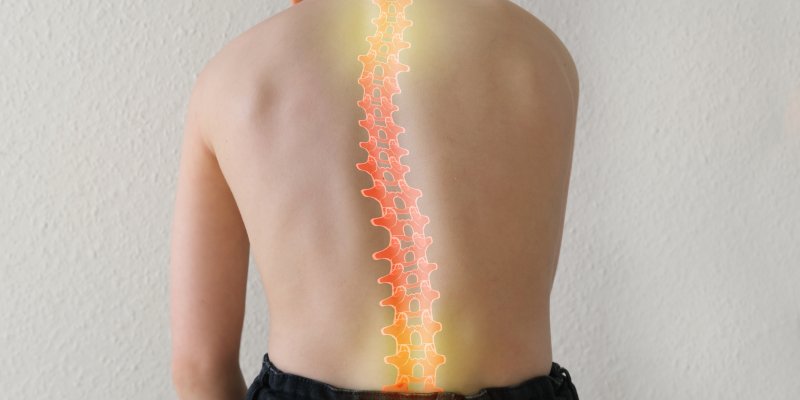
Published by Dr. Vishal Nigam on March 18, 2024
Essential Insights into Scoliosis Disease
Consider the role your spine plays in overall health. When it bends abnormally, a condition known as Scoliosis Disease emerges, posing challenges for many. This is not just about a crooked back. It is about how such a bend can affect your daily activities and future health. Knowing about and responding to signs of Scoliosis disease is key to keeping your spine in good shape. Early detection and proper care make managing this condition possible. Let us dive into the critical details of Scoliosis disease and guide you towards maintaining your spine’s wellness.
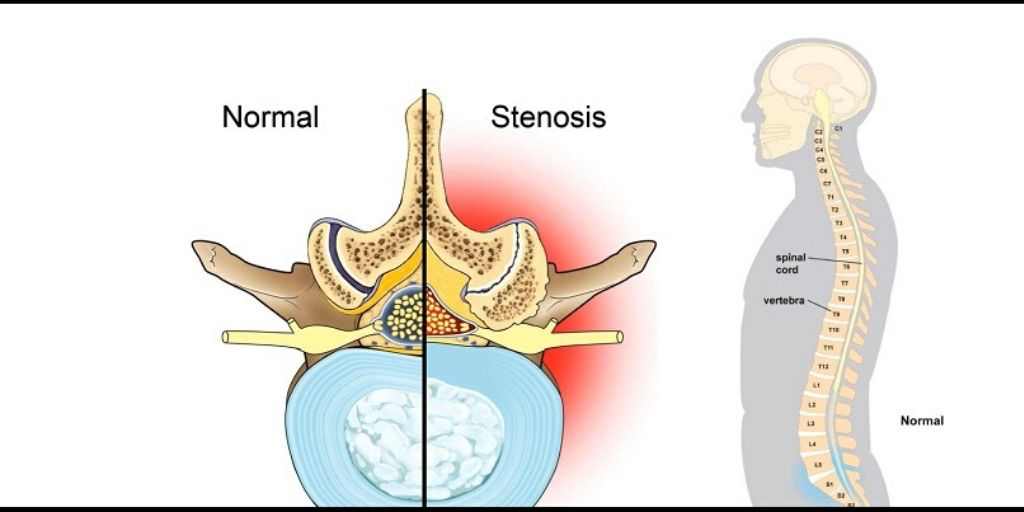
Published by Dr. Vishal Nigam on April 15, 2020
Spinal Stenosis
Spinal cord is a tubular structure and the nerves branches out and passes through the tunnel (spinal canal) and stenosis means narrowing of passage of nerves which can compress and pinch the nerve. Diminishing size of the spinal canal usually occurs due to changes associated with aging process as a result nerves become increasingly irritated and squeezed as the diameter of the canal becomes narrower referring to lumbar canal stenosis(LCS)
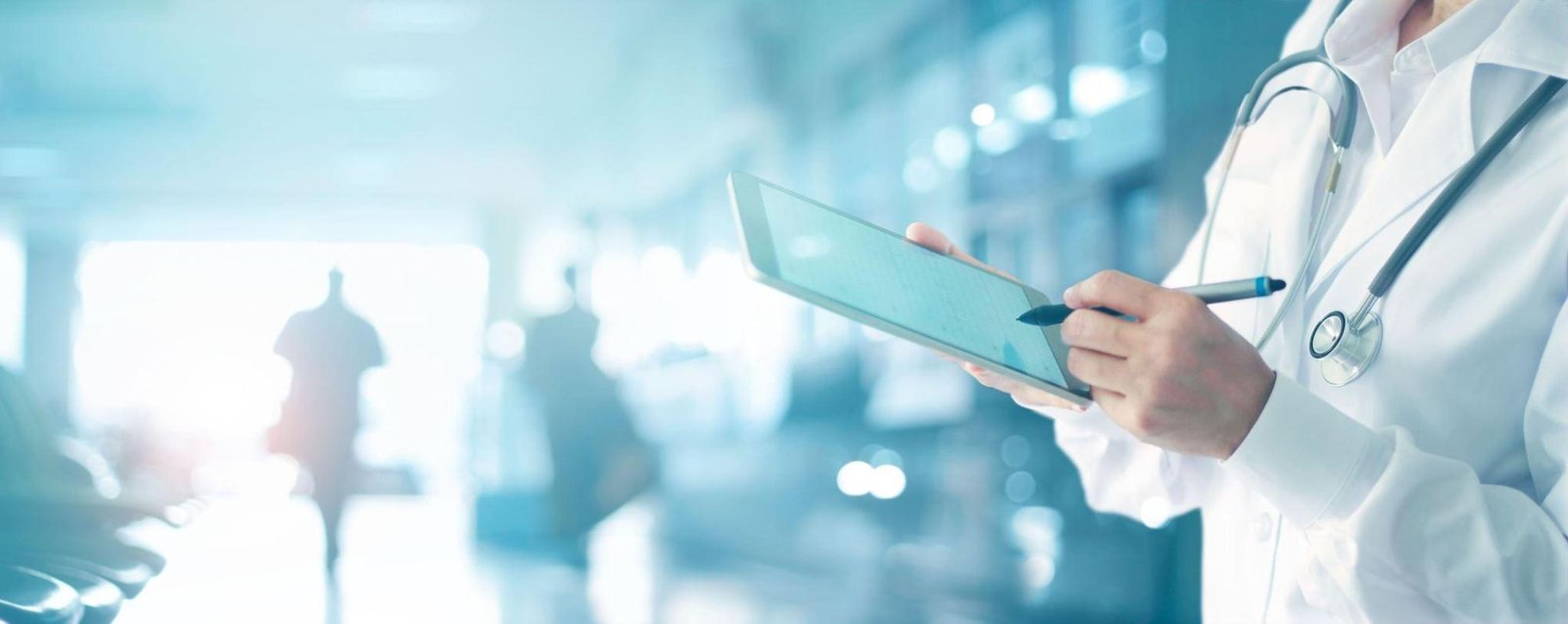
Published by Dr. Vishal Nigam on June 28, 2020
Need a Second Opinion?
Don’t fear while we are here. Having a spine related problem can be daunting enough and being suggested a surgery might only intimidate you further. Our team of best spine specialists at Spine 360, understands that deciding about surgery can be a highly confusing process. That is why taking a second opinion might be a good idea.
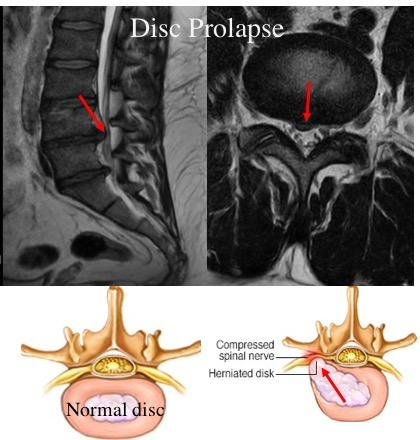
Published by Dr. Vishal Nigam on April 15, 2020
Slip Disc (Disc Herniation)
Human spine is made up of series of bone called vertebrae placed one above another, in between these vertebrae intervertebral disc is located. Disc is a cushion like substance acting like a shock absorber in between two vertebrae. It has inner soft jelly like material (nucleus) covered by outer tough rubbery ring (annulus).Herniation refers to displacement of disk material beyond the normal boundary of the disk space. When the herniated disk bulges out toward the spinal canal, it puts pressure and pinches the spinal nerves, causing pain. A herniated disk occurs anywhere along the spine, but most often occurs in the lower back
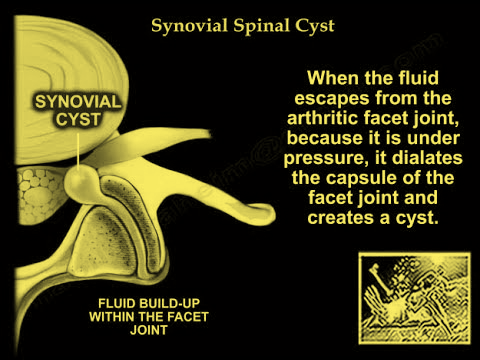
Published by Dr. Vishal Nigam on April 1, 2020
ROOT BLOCK: PAIN MANAGEMENT FOR SCIATIC PAIN AND SLIP DISC
ROOT BLOCK: PAIN MANAGEMENT FOR SCIATIC PAIN AND SLIP DISC is commonly referred to radiating leg pain, starting in the lower back radiating to buttocks, back of the thigh down to leg occasionally to foot and toes. ROOT BLOCK: PAIN MANAGEMENT FOR SCIATIC PAIN AND SLIP DISC is caused due irritation or inflammation of lumbosacral nerve roots (sciatic nerve), attributing to pinched nerve resulting in pain and sometimes weakness in leg. ROOT BLOCK: PAIN MANAGEMENT FOR SCIATIC PAIN AND SLIP DISC pain […]
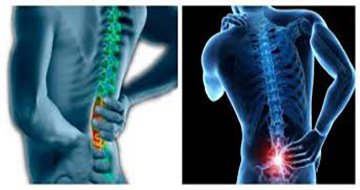
Published by Dr. Vishal Nigam on April 15, 2020
Dynamic Fixation Of Spine
Spondylolisthesis is a common spine pathology in which one vertebral body slips out of its normal position over the other vertebrae. There is malalignment of spine leading to deformity of spine then narrowing of spinal canal producing symptoms Slippage may be forward (anterolisthesis) or backward (retrolisthesis) Spondylolisthesis is seen in both children and adults with varied presentation and severity Spondylolisthesis is most often caused by spondylolysis (Fracture of bony structure called the pars interarticularis, which connects the facet joints of the spine) There are different types of spondylolisthesis and grading system (depending upon degree of slippage) Grading is based amount of slippage (Mayerding classification) Grade 1: 25 % of the vertebral body has slipped forward Grade 2:25-50 % of the vertebral body has slipped forward Grade 3: 50-75 % of the vertebral body has slipped forward Grade 4: 75-100 % of the vertebral body has slipped forward When one vertebra slips entirely off the one below (>100%), this is known as spondyloptosis

Published by Dr. Vishal Nigam on April 15, 2020
Spondylolisthesis as Back Pain
Spondylolisthesis as Back Pain is referring to umbrella of terms describing all the age related degenerative conditions of spine. Spondylosis may be applied non-specifically to any and all degenerative conditions affecting the disks, vertebral bodies, and/or associated joints (facet and Sacro iliac joint) of the lumbar spine. Common facts: Mixed group of lumbar degenerative disorder Inflammation, stiffness, […]
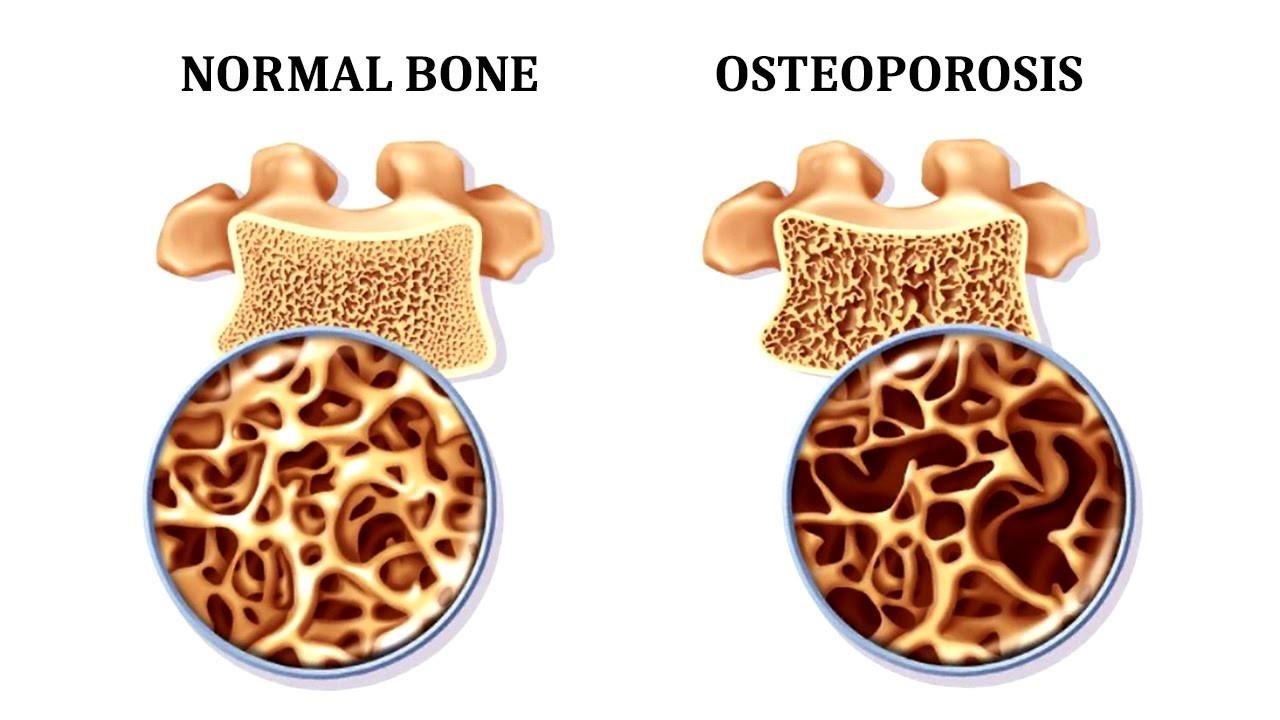
Published by Dr. Vishal Nigam on April 15, 2020
Osteoporosis of Spine
Osteoporosis of Spine refers to weakness of the bones. It is a disease that causes bones to become brittle. It is a progressive condition that gets worse with age. Usually, it affects all bones of the body with a greater predilection for hips, wrist and spine. In spinal Osteoporosis of Spine, the spinal bones get affected in such a
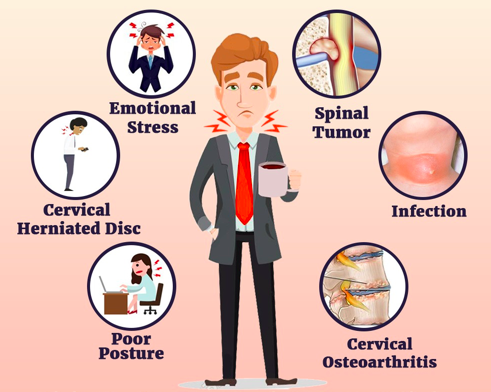
Published by Dr. Vishal Nigam on April 15, 2020
Neck Pain
Neck pain is a relatively common problem that can adversely affect your quality of life. It can significantly limit your ability to perform your daily activities. It can cause missed days of work. Usually, neck pain may go away within a few days or weeks. However, pain that persists for months could suggest a serious underlying medical condition that may need addressing. The neck (cervical spine) is composed of vertebrae (spinal bones) that begin at the base of the skull and end in the upper torso. These bones along with ligaments (similar to thick rubber bands) provide stability to the spine. The muscles allow for support and motion. The neck allows for significant amount of motion and supports the weight of the head. Since it is less protected than the rest of the spine, the neck maybe vulnerable to injury and disorders that produce pain and restrict motion.
Recent Posts




